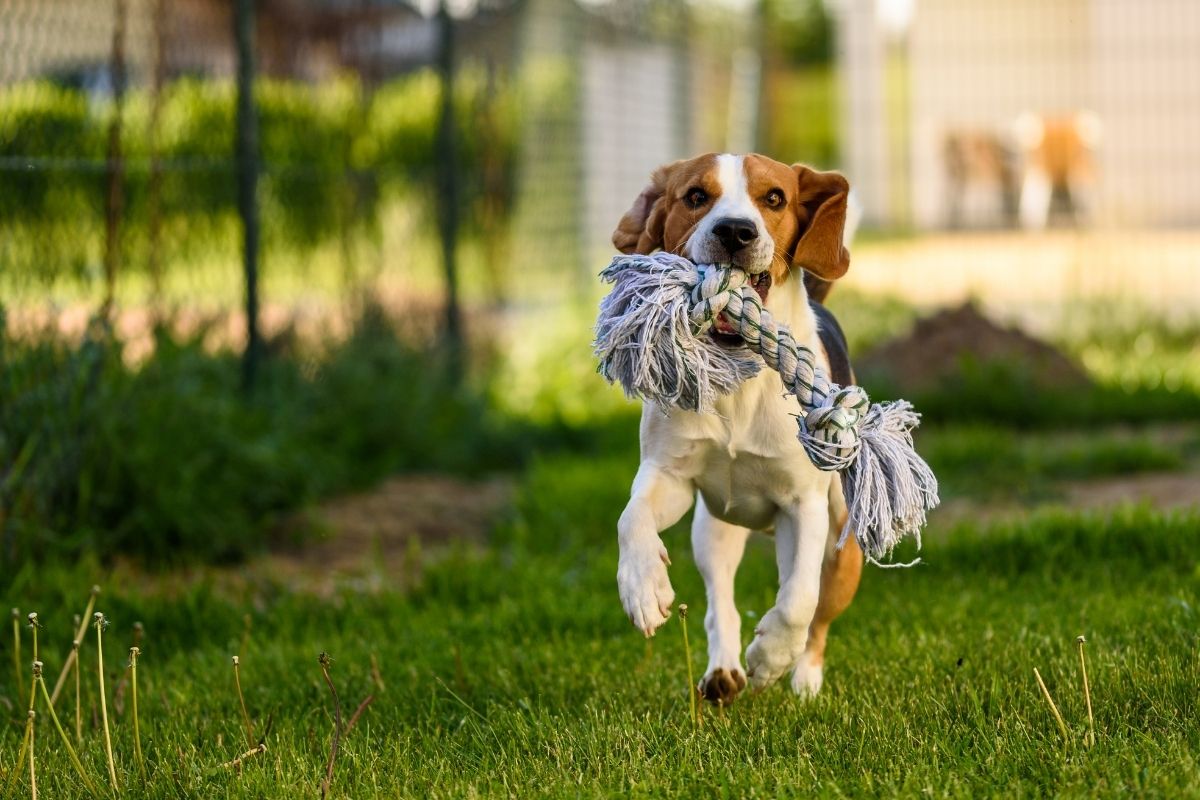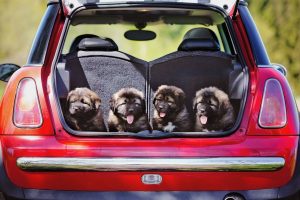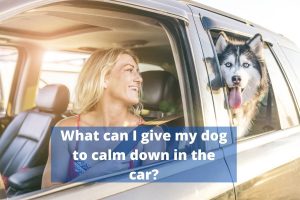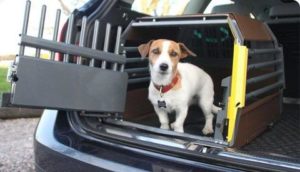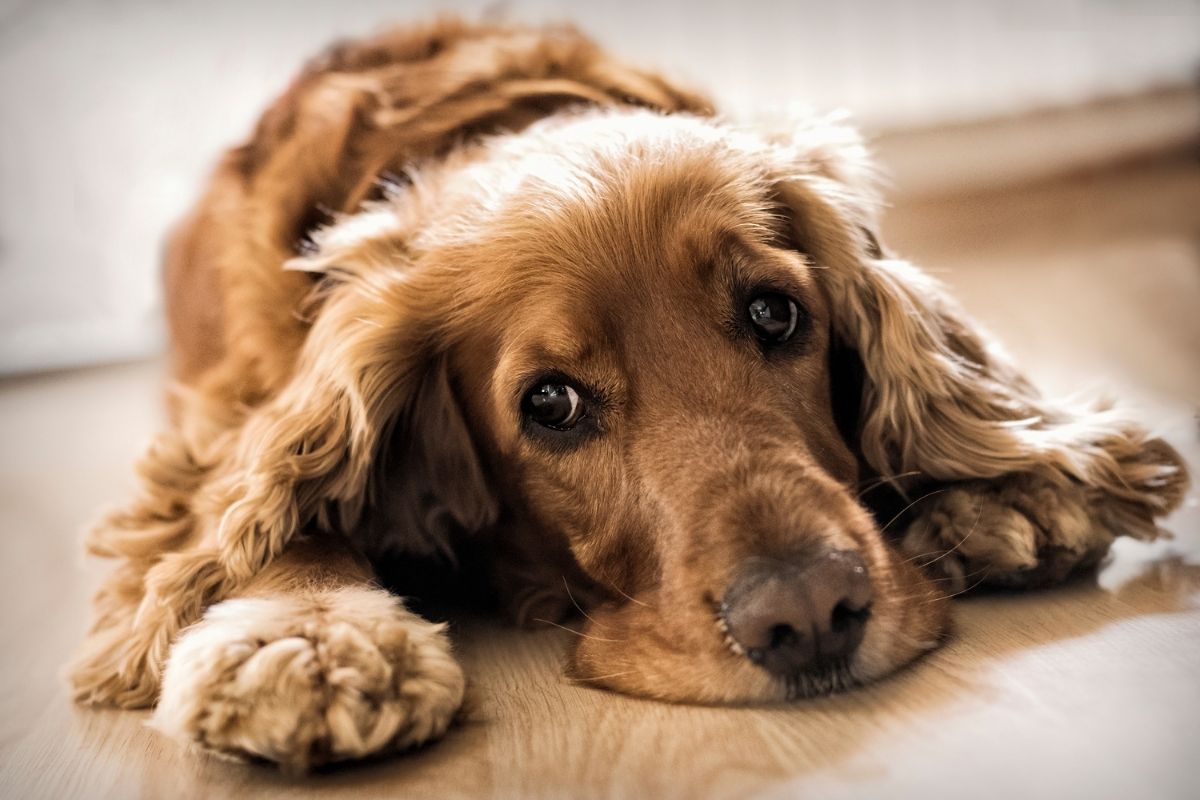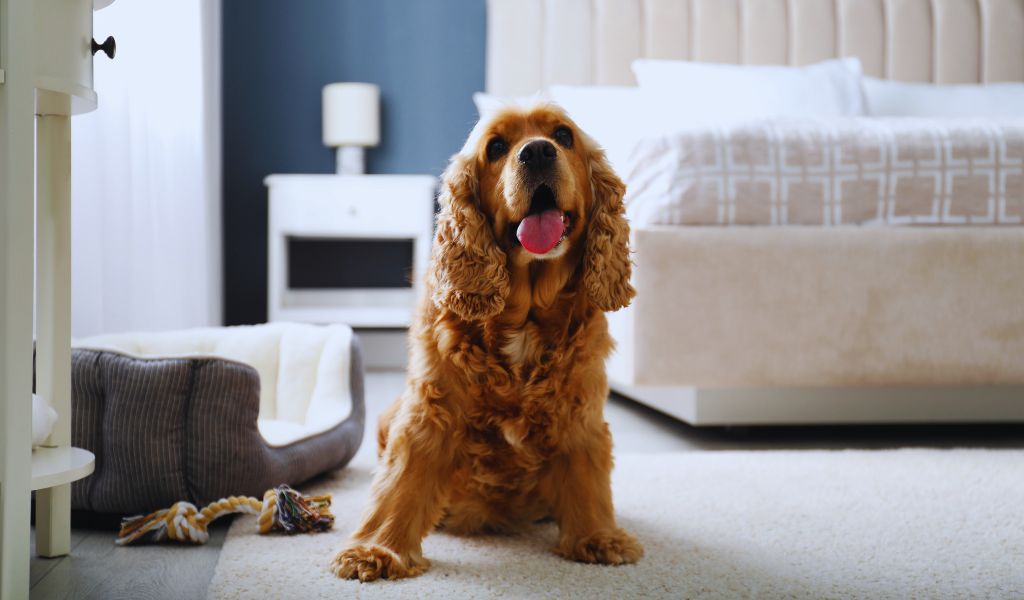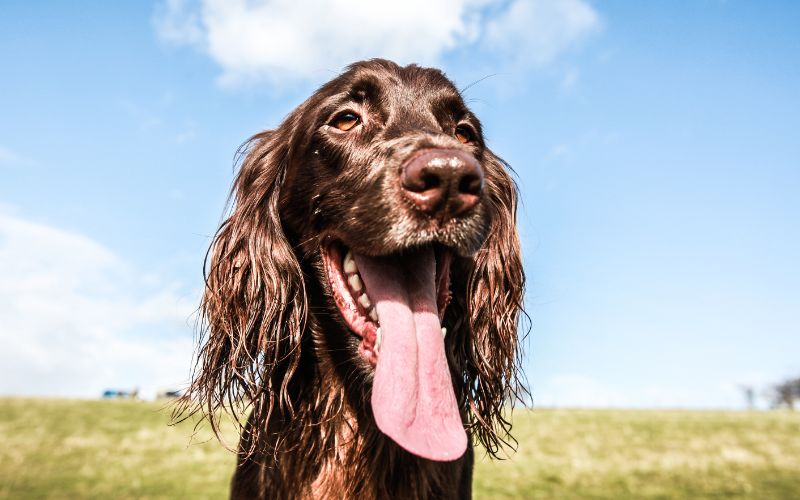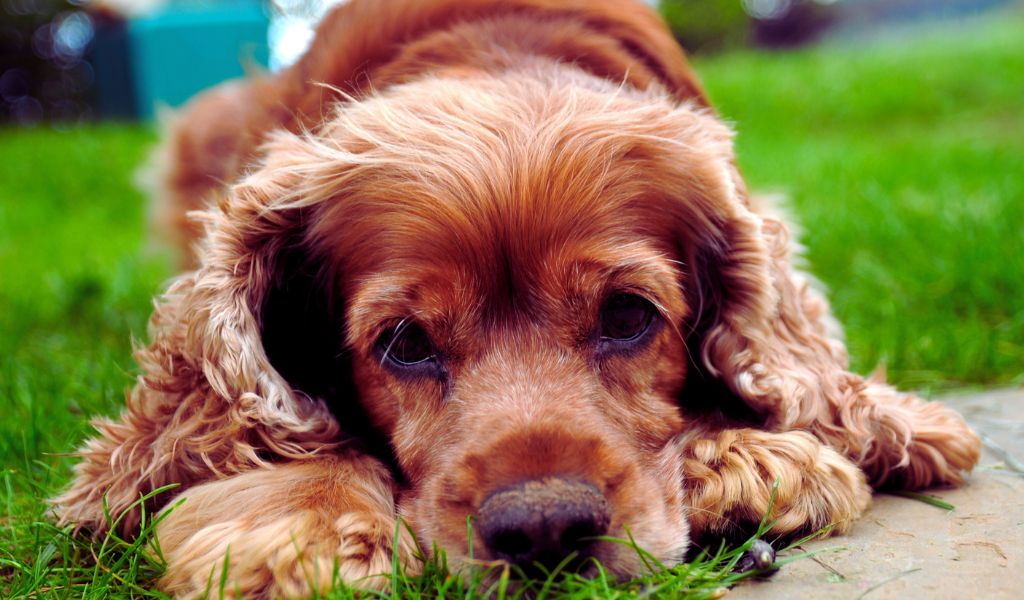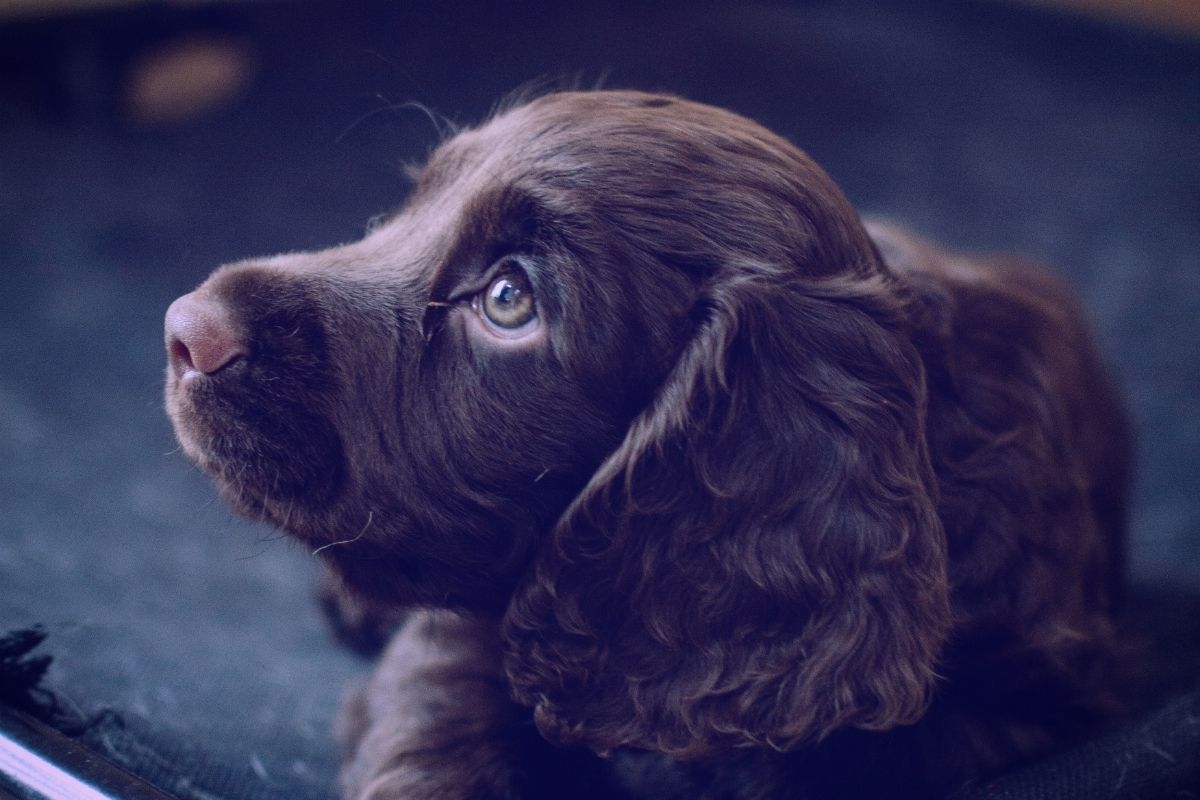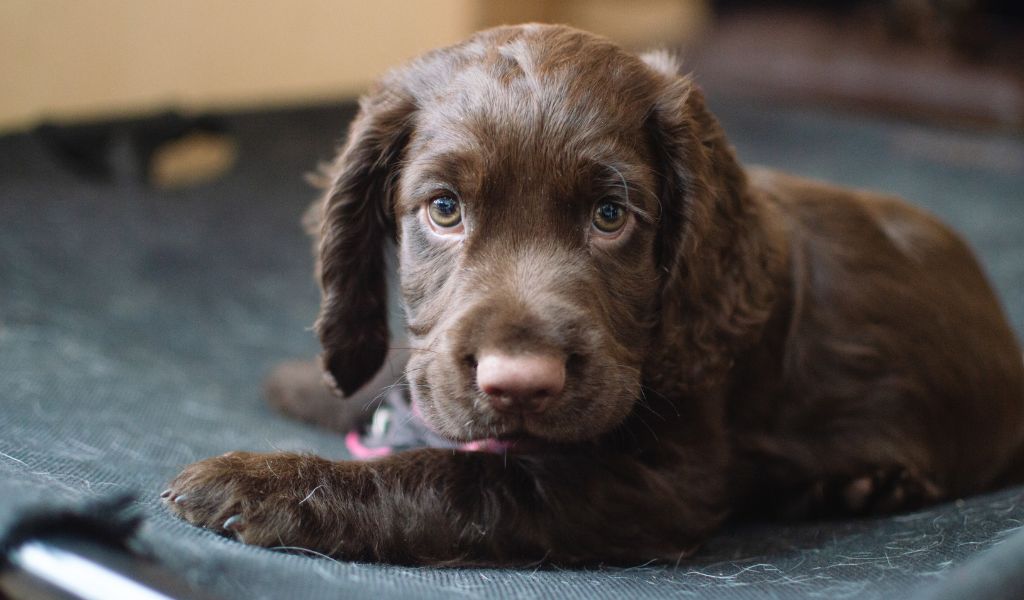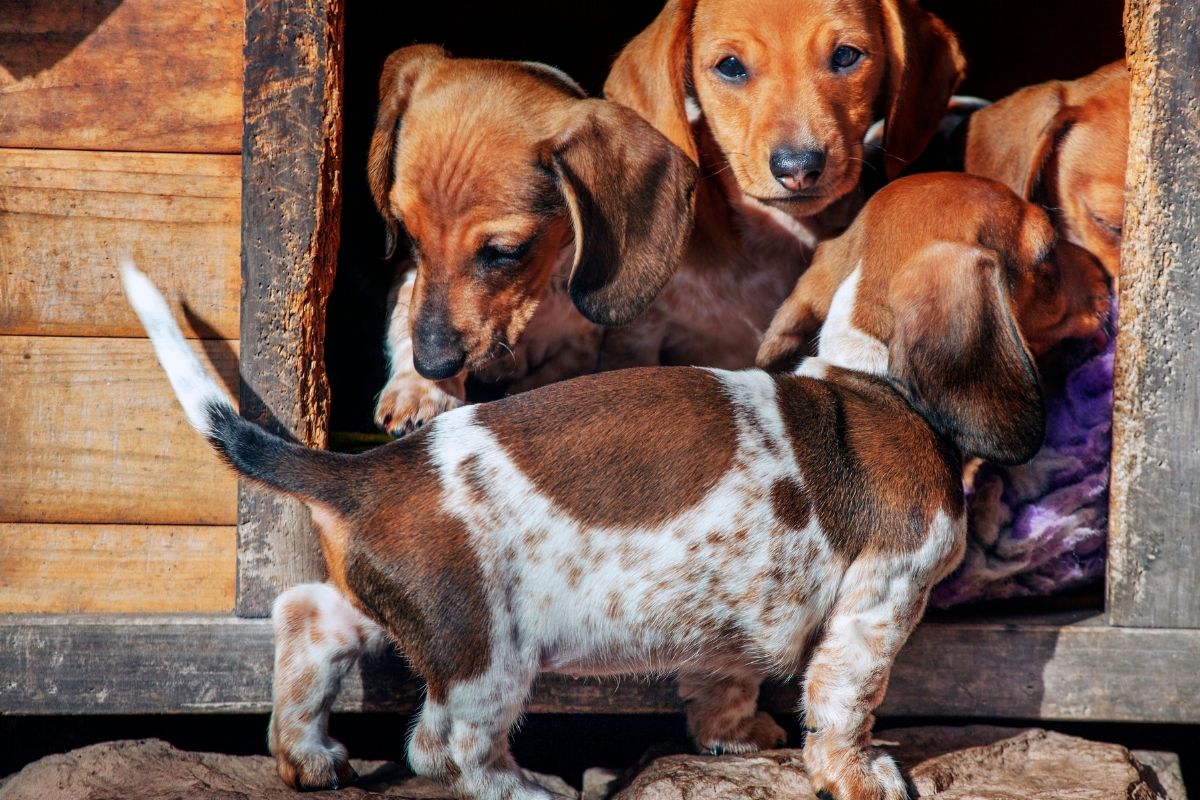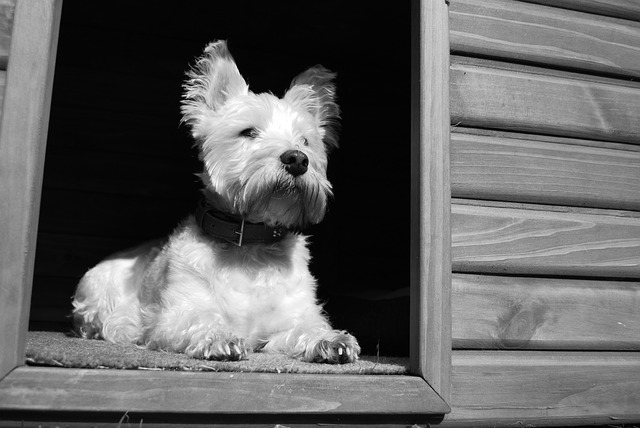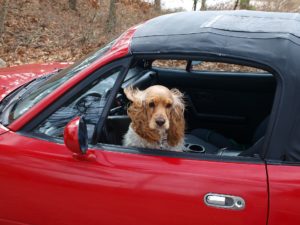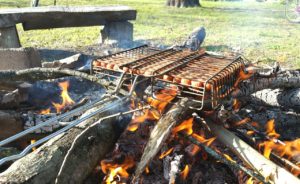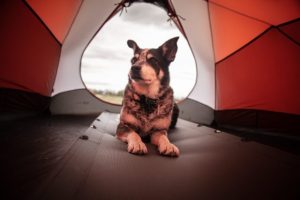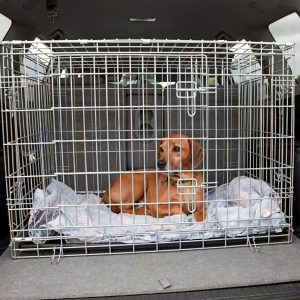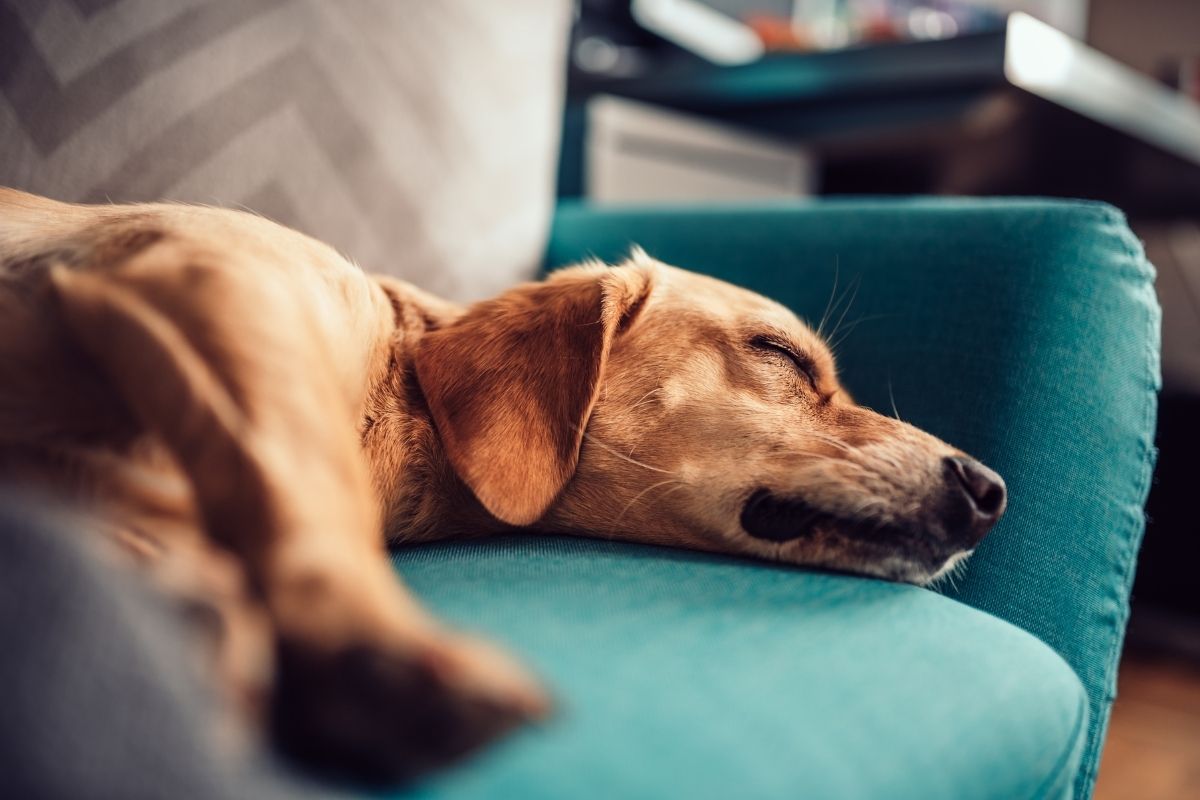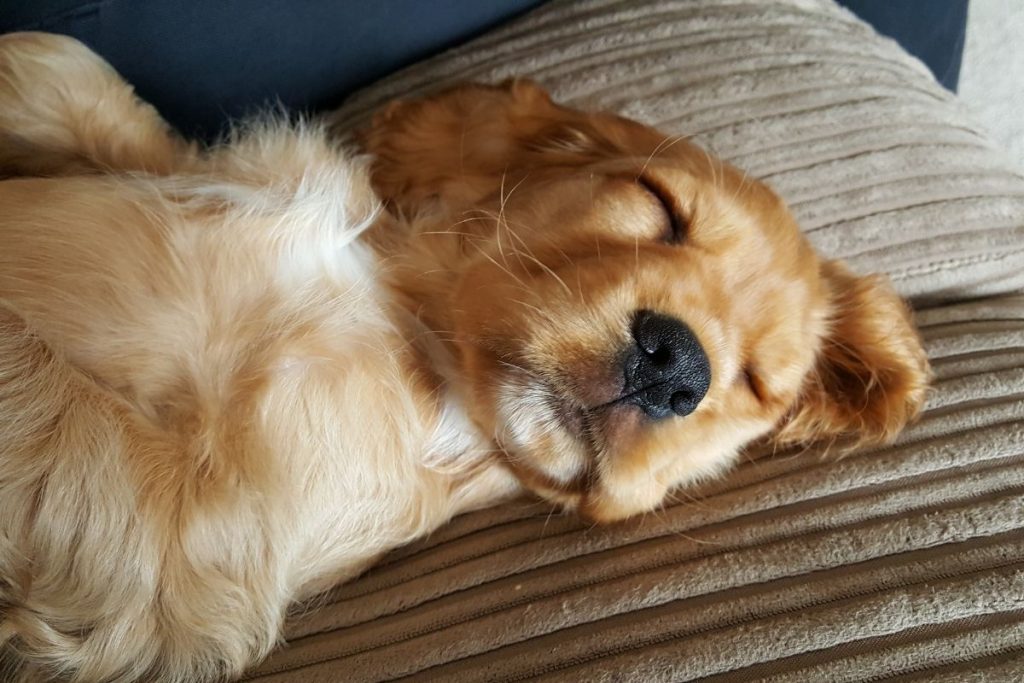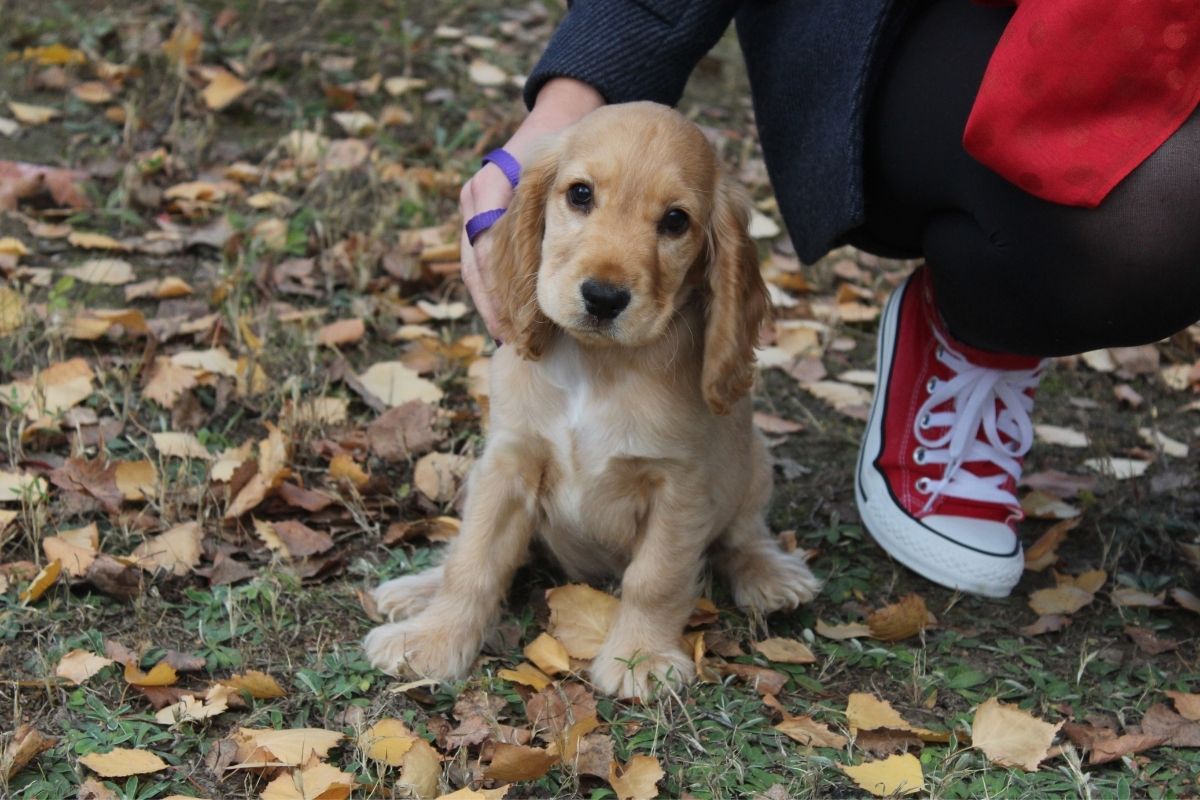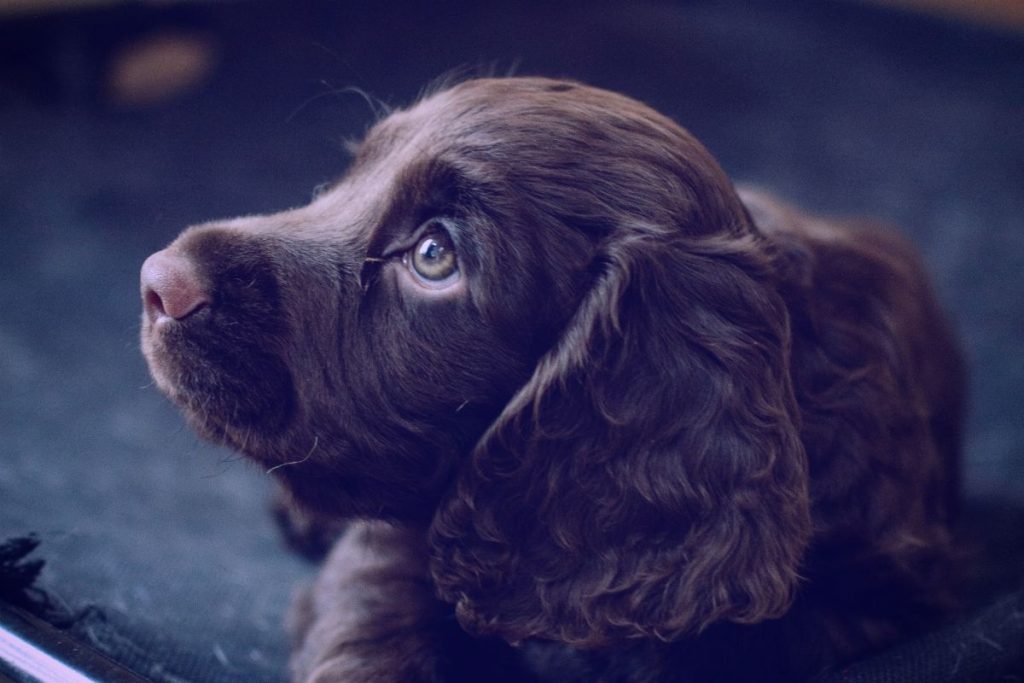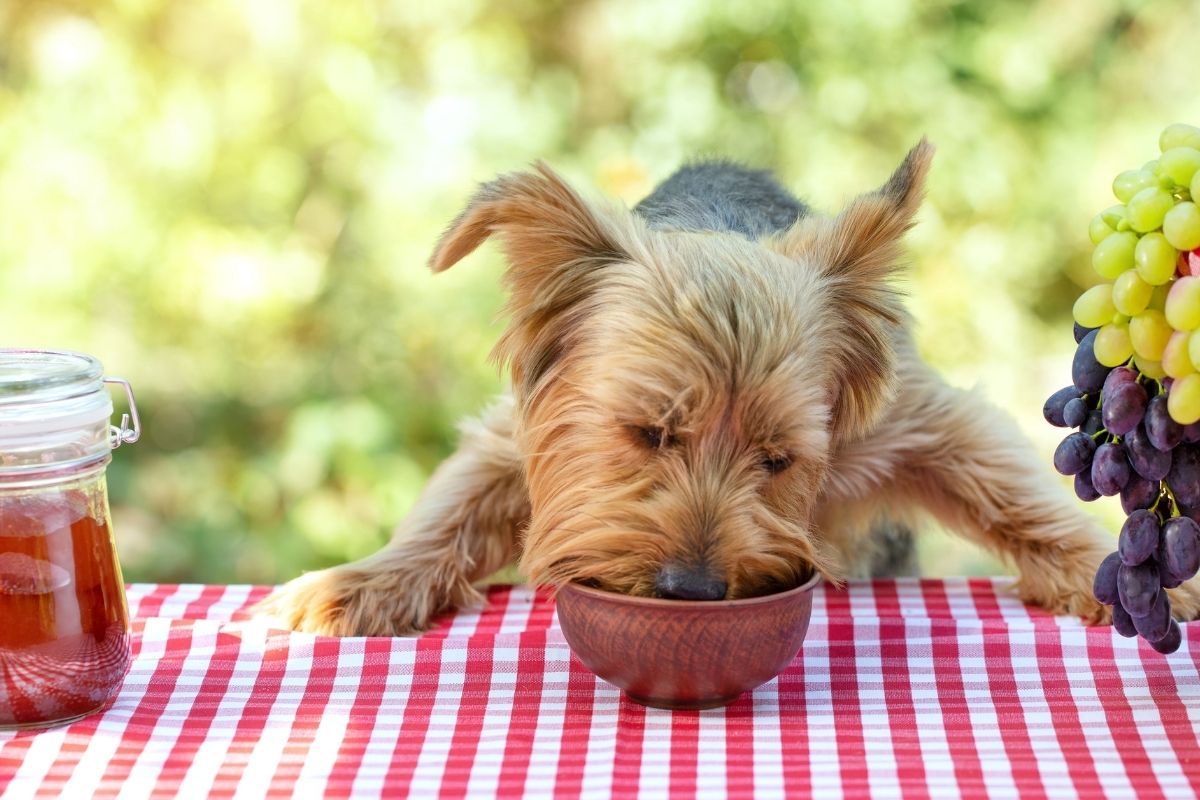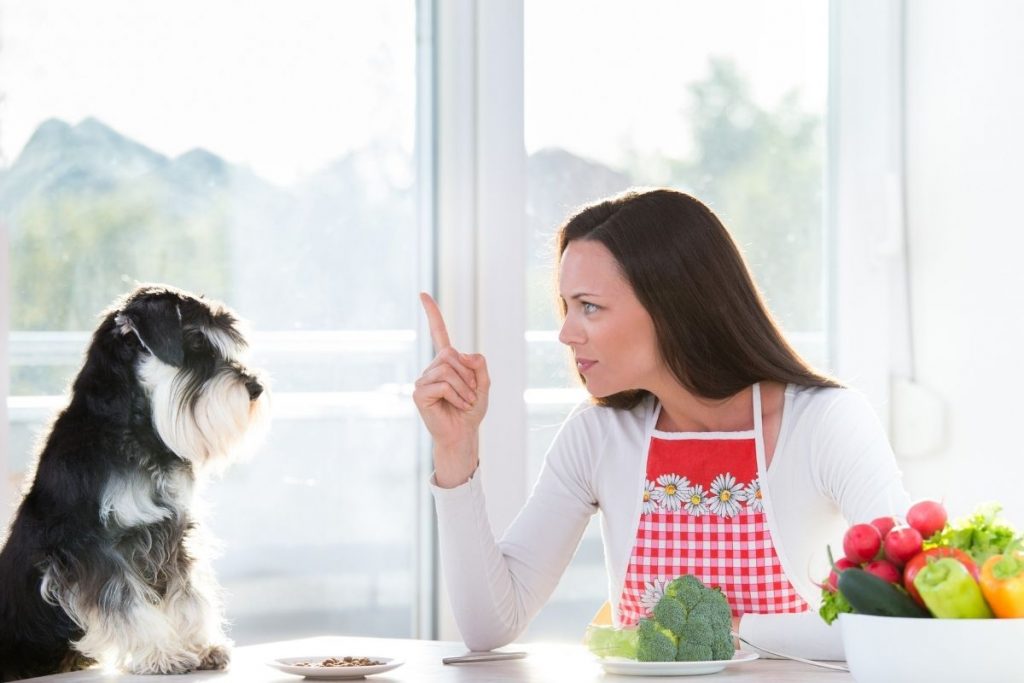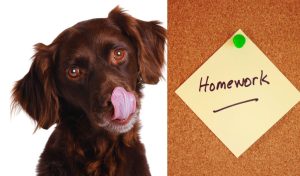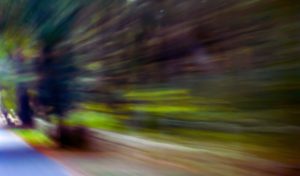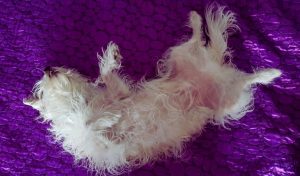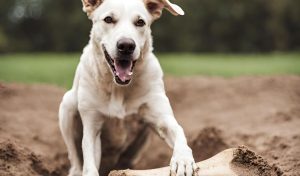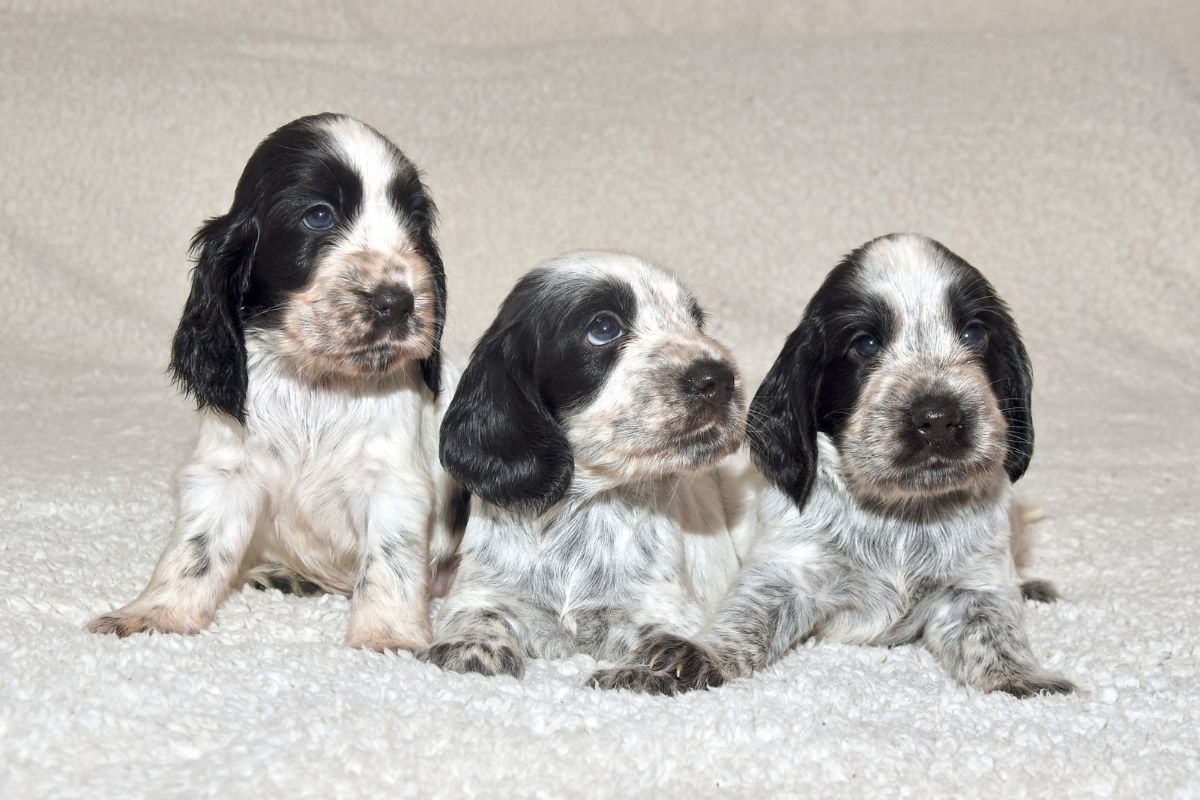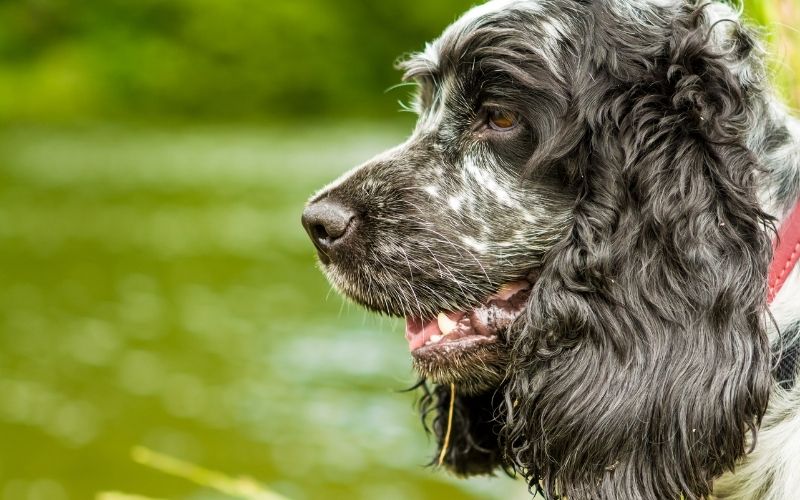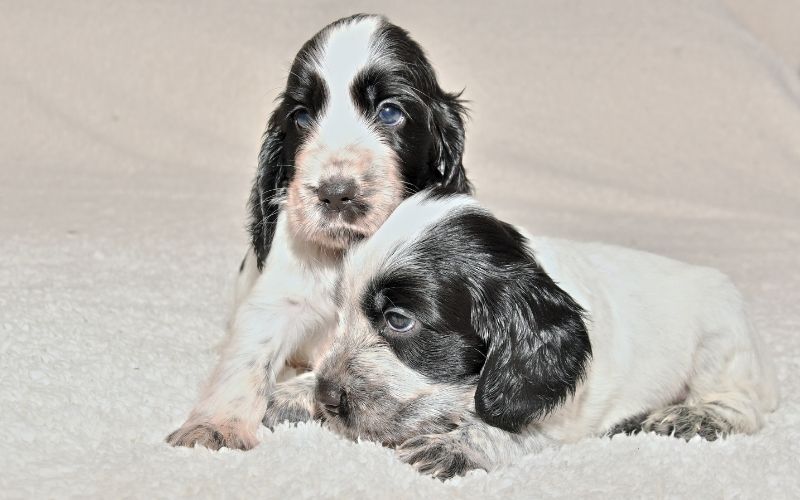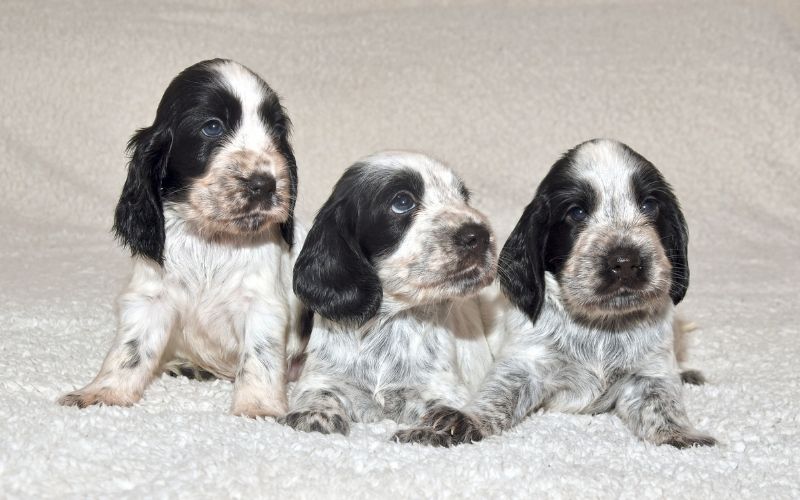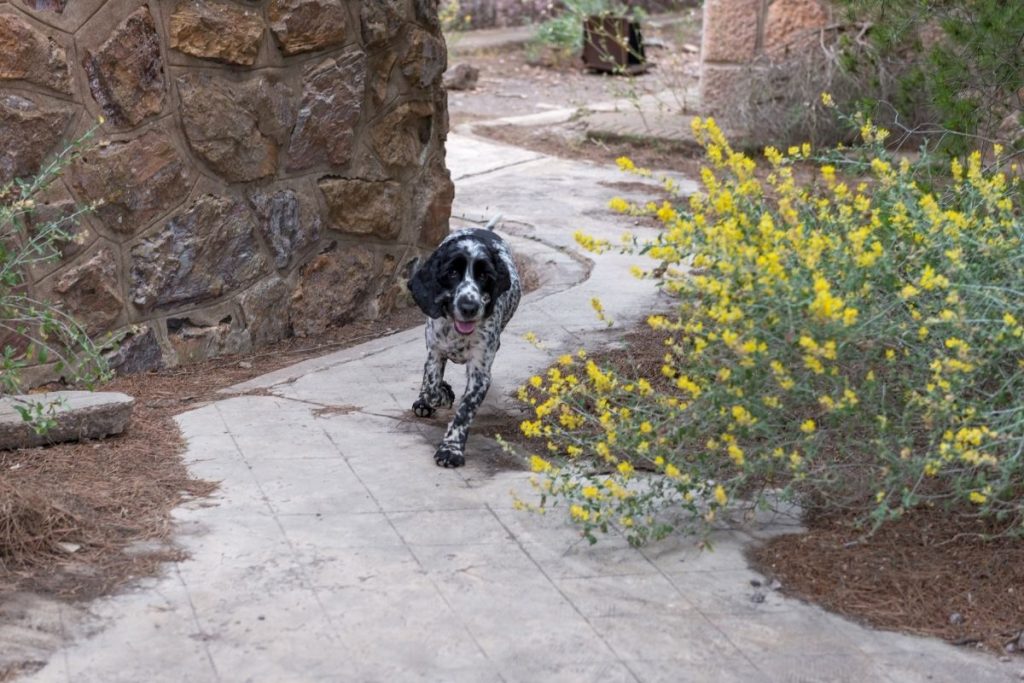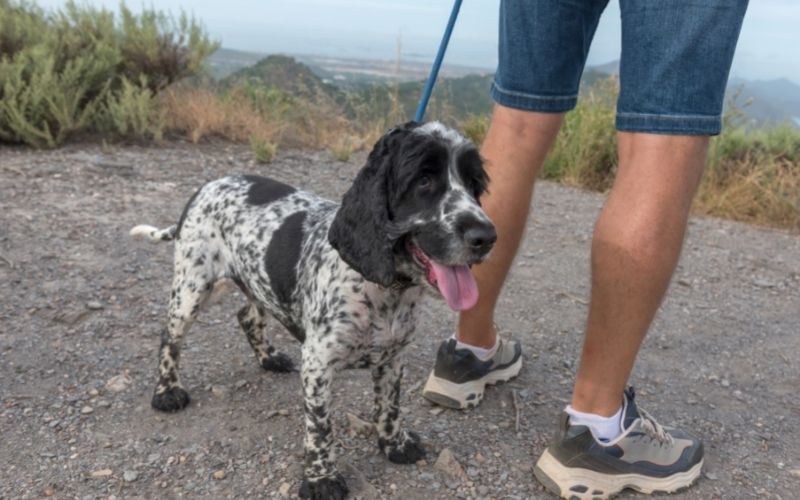Dog owners can’t always be with their pet. This is why people invest in outside dog runs.
They provide the opportunity for dogs to get fresh air and exercise without being left outside, away from human company.
But there are some things you should know before buying one of these structures.
A dog run is a secure, safe area that will allow your dog to freely exercise outside. Many dog runs have enclosed kennels or other shelters that provide weather protection for your dog and somewhere to rest and sleep. Good quality dog runs will have strong mesh and lockable doors and gates to prevent escape of dogs and entry of undesirables.
Benefits of having a dog run
Here are five benefits that come with investing in an outdoor dog run:
1) It provides your pets with plenty of room to roam around and explore new territory.
2) A good dog run acts as your dog’s home, a private place where he is safe, can relax, play and enjoy.
3) Dogs are happier when they are not cooped up all day long inside the house. A good outdoor space allows them to move as nature intended.
5) A backyard provides some boundaries, but nothing is as effective as an outside run that limits your pet’s area to a specific number of square feet.
Safety and security
If you’re worried about the safety of an outdoor dog run, keep in mind that they typically come equipped with fencing around the top as well as sides, and sometimes even a roof.
This way it’s very difficult for dogs to escape and it makes it more difficult for thieves to break into.
With some creative thinking and the use of good quality locks, alarms, security lights and CCTV systems, you can enhance the security of your dog runs making them less attractive, as targets, to dog thieves.
How big should an outdoor dog run be?
There’s no one rule for this. The size of the structure will depend on your dog and what you expect to do with it. But, generally speaking:
A good quality run should be large enough for your pet to stretch and move around freely.
Dog Runs – Pros and Cons
If you have a good fence, a dog run may not be necessary, but if you don’t have a fenced yard or your yard is small and enclosed providing little room for exercise, then it may be necessary to invest in an outdoor kennel of some kind like the one below:
It comes complete with a lockable door, wire mesh for security and protection from predators, a roof to keep off the elements and can be installed anywhere you require it.
[amazon box=”B085W5F5W7″ template=”horizontal”]
But if you prefer something more decorative, here are some interesting styles of outdoor dog kennels that may appeal to your aesthetic senses:
No matter what style you choose, a well-designed dog run can help solve behavioural problems, protect your garden and offer a space for your pet to enjoy the fresh air.
[amazon box=”B07K6TTY9Z,B079TY9KPH,B08X4ZV6Q3″ grid=”3″]
Is it cruel to keep a dog in an outdoor run and kennel?
As with all things related to pets, there are a number of differing opinions on this matter.
Some people believe that keeping a dog outside in a run or in a kennel is cruel and inhumane no matter what the circumstances may be.
The chances are that if you have a solid, secure and weatherproof kennel, inside a secure and solid dog run, that your dog will enjoy himself.
As long as he is protected from the weather, can keep dry and warm and is out of the wind then he is unlikely to come to any harm at all.
Dog Runs – Final Words
In conclusion, while there are several other ways in which you could provide outdoor exercise for your dog other than investing in an outdoor kennel or similar structure, it’s important to carefully consider the advantages of doing so.
An outdoor kennel, run or area can help to provide protection for your pet from other animals, people and harsh weather conditions while keeping them close enough that you can still enjoy their company.
Finally, if you’re thinking about investing in an outdoor dog run it’s important that you find an area that will be suitable for your pet to use.
Remember that regardless of the size or style you choose, as long as you provide your dog an opportunity to experience the outside world and burn off some of their natural energy they will be happier and less likely to develop behavioural problems.
Read Next
- What You Need to Know about the Ruff Land Kennel Dog Crate
- What is the safest way to transport a dog in a car?
- What is the best travel crate for a working English Cocker spaniel?
- What is the Best Car Crate for a Vauxhall Grandland SUV?
- What can I give my dog to calm down in the car?
- What are the safest dog crates for car travel?
